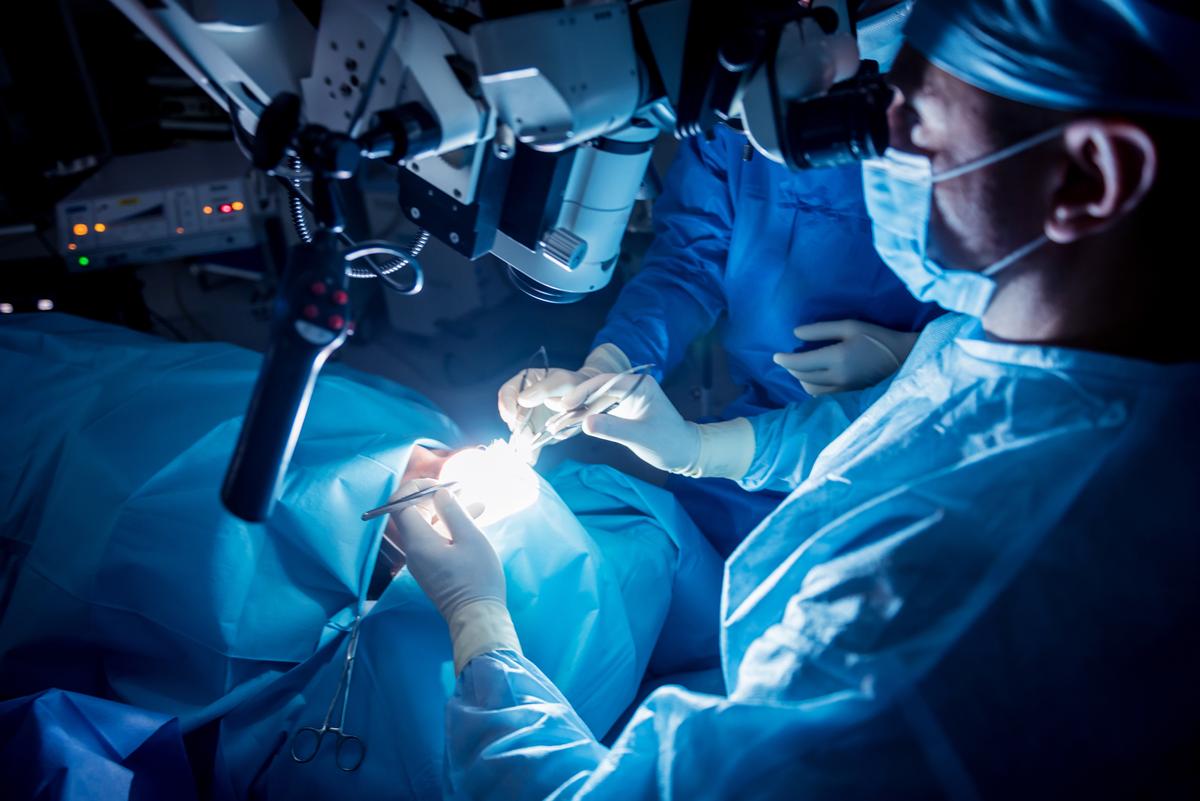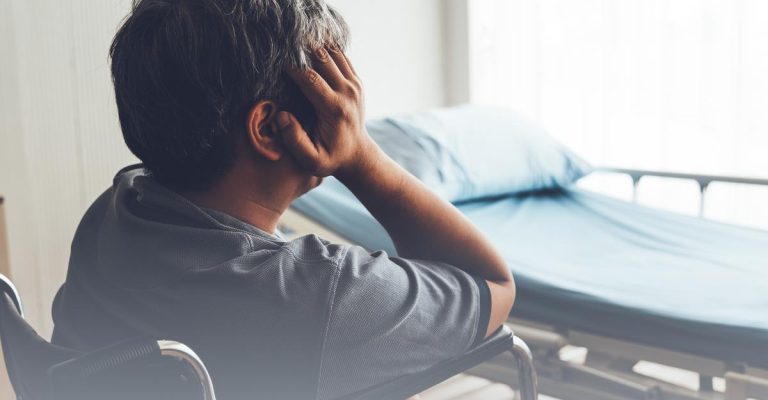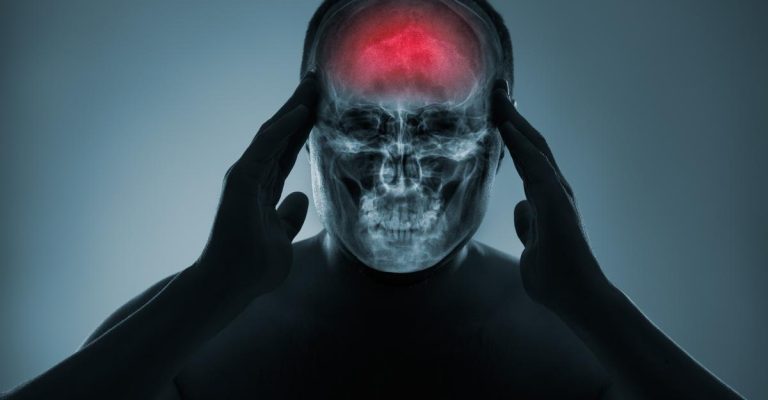The Corpus Callosum, one of the most critical structures of the human brain, plays a vital role in connecting and exchanging information between the left and right hemispheres of the brain. However, damage to this structure can lead to various neurological disorders, affecting cognition, language, and motor skills.
To prevent and manage such damage, it’s necessary to understand the causes and symptoms, explore treatment options, and adopt preventive measures. In this blog post, we delve into the intricacies of managing damage to the Corpus Callosum with informative insights, practical tips, and expert opinions.
So, let’s embark on an engaging journey of brain science and learn how to keep our brains in good health!
What Is the Corpus Callosum?
Deep within the brain lies a robust, curved formation called the corpus callosum. This remarkable structure comprises a dense web of nerve fibers that facilitate efficient communication between the two hemispheres of the cerebral cortex. It acts as a vital conduit to transfer information and signals between the right and left brain hemispheres.
Notably, each hemisphere of the brain controls and interprets sensory input on the opposite side of the body. Thanks to the corpus callosum, signals and information from the left hemisphere are transmitted to the right hemisphere, where they can be interpreted and utilized, and vice versa.
This interconnectedness allows the brain to function seamlessly as a unified whole rather than two disconnected halves. Truly, the corpus callosum is a fascinating and integral component of the human brain, making it possible for us to process, interpret, and respond to our world holistically and coordinatedly.
When Does Damage to the Corpus Callosum Manifest?

The corpus callosum, a nerve fiber bridge, facilitates information exchange between the brain’s two hemispheres. This enables the brain to maintain proper balance and coordination, as both hemispheres must work in tandem to coordinate movement. The sensory and motor information is communicated back and forth between the two hemispheres through this vital pathway.
If the corpus callosum is damaged, the communication between the hemispheres will be disrupted, leading to a range of impairments. These impairments can be divided into two categories: physical and cognitive.
Physical impairments may include a lack of coordination, balance issues, and difficulty with fine motor skills. Cognitive impairments may manifest as difficulty in problem-solving, language processing, and visual-spatial perception.
It is important to note that the severity and extent of the impairments can vary depending on the degree of damage to the corpus callosum. In some cases, the damage may only affect specific areas, whereas the entire corpus callosum may be affected in others. Early diagnosis and intervention are crucial to minimizing the effects of corpus callosum damage.
In addition to facilitating the communication of sensory and motor information between the two halves of the brain, the corpus callosum is also instrumental in a wide range of cognitive functions such as problem-solving, attention, and memory. Further, research has shown that any damage to this critical brain region can lead to significant mental and emotional changes that can manifest in various ways.
The constellation of symptoms and impairments that appear after corpus callosum damage often fits under a larger diagnosis called corpus callosum syndrome. In this condition, individuals may experience difficulties with spatial reasoning, language processing, memory recall, decision-making, and a range of emotional changes that can cause disruptions to their daily lives.
Such changes may include altered personality traits, depression, anxiety, and disrupted social behavior. Therefore, understanding the critical role that the corpus callosum plays in the intricate functioning of the brain and the significance of its damage can help us better comprehend brain pathologies and design more effective treatment plans.
Complications of Corpus Callosum

Several complications may arise due to congenital or acquired disorders affecting the Corpus Callosum.
Agenesis of the Corpus Callosum
Agenesis of the Corpus Callosum is a condition in which the brain has an incomplete Corpus Callosum or none at all. This disability primarily occurs in early development when the fetus does not create the Corpus Callosum properly.
This rare congenital disorder affects approximately 1 in 4,000 live births. Moreover, this condition can affect those with certain genetic disorders or other structural issues in the brain. It can result in attention deficit disorder, balance problems, seizures, and difficulty with social interaction.
Dysgenesis of the Corpus Callosum
Dysgenesis of the Corpus Callosum is a birth defect that generally impacts the developmental incorporation of the Corpus Callosum. This disorder can cause a range of neurological and intellectual impairments, including learning disabilities, vision problems, irritability, seizures, and language disorders. This disorder can also lead to challenges in spatial perception and coordination.
Lesions or Damages of the Corpus Callosum
Accidents, tumors, genetic mutations, and other things may cause damage to the Corpus Callosum as you age. Key symptoms of Corpus Callosum injuries might include a lack of coordination, difficulties in analyzing data, loss of tactile sensation on one hand, and overall weakness.
Further, selective difficulty with motor skills, such as buttoning a shirt or holding a utensil, might also be present. Doctors may conduct magnetic resonance imaging or electroencephalography (EEG) to evaluate and diagnose the injury’s severity and location.
Alien Hand syndrome
Alien hand syndrome is a disorder that occurs when the corpus callosum disrupts communication between the two hemispheres. When someone with this disorder tries to grab an object, the hand on the other side of the body moves and seizes the item despite the person’s attempts to avoid it.
For example, when the individual tries to open a door with one hand, the other blocks the way. It causes the affected individual to feel like the hand has a mind of its own, hence termed alien.
Schizophrenia
Schizophrenia is a severe mental disease correlated with the Corpus Callosum. The Corpus Callosum is found to be much smaller in individuals with schizophrenia, which can lead to the accumulation of gray matter in the region near the Corpus Callosum.
Schizophrenia patients may experience hearing voices, delusions, and hallucinations. The patient loses grasp of reality, and their memory may become faulty.
Treating Corpus Callosum Damage
The severity of the damage can range from mild to severe, affecting the communication and coordination between the two hemispheres. Treatment for corpus callosum damage varies depending on the severity and symptoms of the injury.
Physical therapy
Physical therapy is often the first line of treatment for patients with corpus callosum damage. Physical therapists work with patients to restore strength, balance, and coordination through exercises and assistive devices.
Patients with corpus callosum damage may struggle with fine motor skills, gait control, and overall coordination, and physical therapy can help them regain those abilities. Physical therapy can also improve cognitive function by promoting the use of both brain hemispheres.
Medications
Medications can be prescribed to manage the symptoms of corpus callosum damage. These include pain medications, anti-inflammatory drugs, and muscle relaxants to ease stiffness and pain.
Antidepressant or anti-anxiety medications can also be prescribed to address depression or anxiety associated with the injury. In some cases, the use of nootropic drugs, such as piracetam or modafinil, has been found to enhance brain function and improve cognitive abilities in patients with corpus callosum damage.
Speech Therapy
Corpus callosum damage can also affect speech and language abilities, so speech therapy may be necessary to help patients regain these skills. Speech therapists work with patients to improve their articulation, voice, and language comprehension.
They can also help patients who struggle with reading, writing, and understanding abstract concepts. Speech therapy can be especially beneficial for patients with difficulty expressing themselves or understanding what others say.
Occupational Therapy
Occupational therapy is another treatment option for patients with corpus callosum damage. Occupational therapists work with patients to help them regain their ability to perform everyday tasks, such as dressing, grooming, and cooking.
They can also help patients develop coping strategies to manage cognitive and emotional challenges, such as forgetfulness, impulsivity, and emotional lability. Occupational therapy can equip patients with the skills and tools to live independently and be self-sufficient.
Cognitive rehabilitation
Cognitive rehabilitation focuses on improving cognitive function in patients with corpus callosum damage. This type of therapy typically involves a combination of exercises and activities to improve memory, attention, reasoning, and problem-solving abilities.
Cognitive rehabilitation can help patients regain lost abilities and develop compensatory strategies to manage their cognitive deficits. It can also improve their overall cognitive functioning and enhance their quality of life.
Surgery
In severe cases, surgery may be necessary to treat corpus callosum damage. Surgery is usually reserved for cases where other treatment options have failed, or the damage is so severe that it affects the patient’s quality of life.
The most common surgical intervention is corpus callosotomy, which involves cutting the corpus callosum to reduce the spread of seizures in patients with epilepsy. Corpus callosotomy can also treat patients with other conditions, such as obsessive-compulsive disorder, chronic pain, and autism.
Final Thought
In conclusion, the Corpus Callosum is crucial in facilitating communication and coordination between the brain’s two hemispheres. Damage to this structure can lead to various complications, including difficulty with motor skills, speech and language deficits, and cognitive impairments.
While there is no single treatment for corpus callosum damage, a combination of physical therapy, medications, speech therapy, occupational therapy, cognitive rehabilitation, and surgery can help patients manage their symptoms and improve their overall quality of life.

